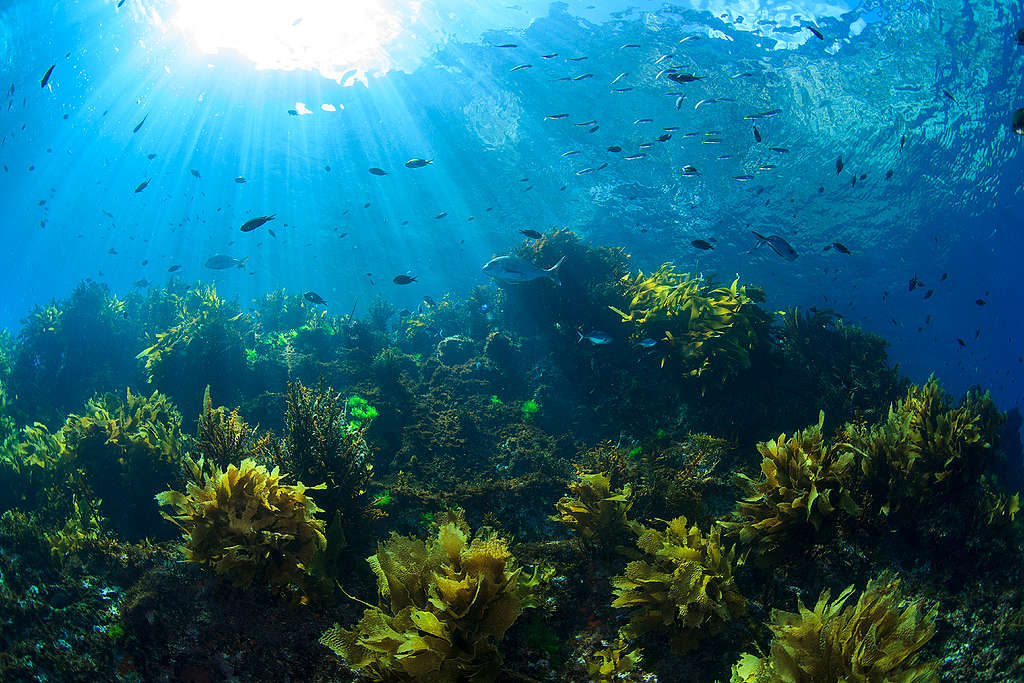The government is refusing to release details of an incident where a New Zealand bottom trawler pulled up protected species from a seamount, environmentalists said today.
While the Ministry of Primary Industries has reported the incident to the South Pacific Regional Fisheries Management Organisation (SPRFMO), New Zealand officials are refusing to release the information publicly, despite pleas from NGOs.
“What we know is that an unspecified fishing vessel trawled up fragile deep sea corals or sponges late last year, enough that the vessel had to report it,”said Karli Thomas of the Deep Sea Conservation Coalition (DSCC), who is at the SPRFMO meeting this week.
“But what we don’t know are details of which vessel this was, which company, how much and what species of deep sea life it destroyed, or when it happened. The government is refusing to release these details, claiming some kind of sensitivity for the fishing industry.
“If only our officials were as concerned about destroying vulnerable marine ecosystems as they are about embarrassing a fishing company for its shoddy fishing practices,” she said.
Thomas said that while current rules meant the vessel would have to move from that fishing spot after the incident, it could fish again only one nautical mile away – so it could trawl again on the same seamount. She added that New Zealand is resisting current efforts at this week’s meeting to strengthen those rules.
Russel Norman, executive director of Greenpeace Aotearoa, says once again the government appears to be favouring the fishing industry over the protection of ancient corals and other marine life.
“Despite a new focus of looking at fisheries issues in the wider oceans context, nothing appears to have changed yet – the fishing industry is still running the show,” he said.
“What we want to see is the new Minister of Oceans and Fisheries, David Parker, release all the information on this incident, which is clearly in the public interest, and ban bottom trawling on seamounts altogether.
“Over 50,000 New Zealanders have called for such a ban, and countless more care about ocean protection. The public deserves to know what fishing vessels are doing out at sea in our name.”
Environment and Conservation Organisation (ECO) co-chair Cath Wallace, also attending the meeting, says other countries, including Australia, are attempting to get more restrictions around bottom trawling across the line at the meeting, but New Zealand is lobbying for more catch and weaker rules, proposing bogus and unscientific ideas dressed up to look like conservation.
“They are fooling no one. New Zealand has proposed to stop fishing boats from fishing further than 1,400 metres in one area – even though fishing boats don’t fish below 1,250 metres. It is pure window dressing,” she said.
“At the end of the day, we know corals take forever to recover – even one trawl will leave destruction that won’t recover for decades. New Zealand is the holdout here: we are the only country bottom trawling on seamounts in the South Pacific, and the only country standing in the way of their protection.”
Notes:
For each tonne of coral that comes up in the net, up to 340 tonnes have been destroyed on the sea floor, because only small amounts of corals are retained in the fishing nets brought up from the depths after being destroyed.

Imagine a future where the ocean thrives. Where endangered species have been brought back from the brink, and families can catch a feed.
